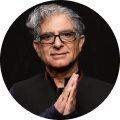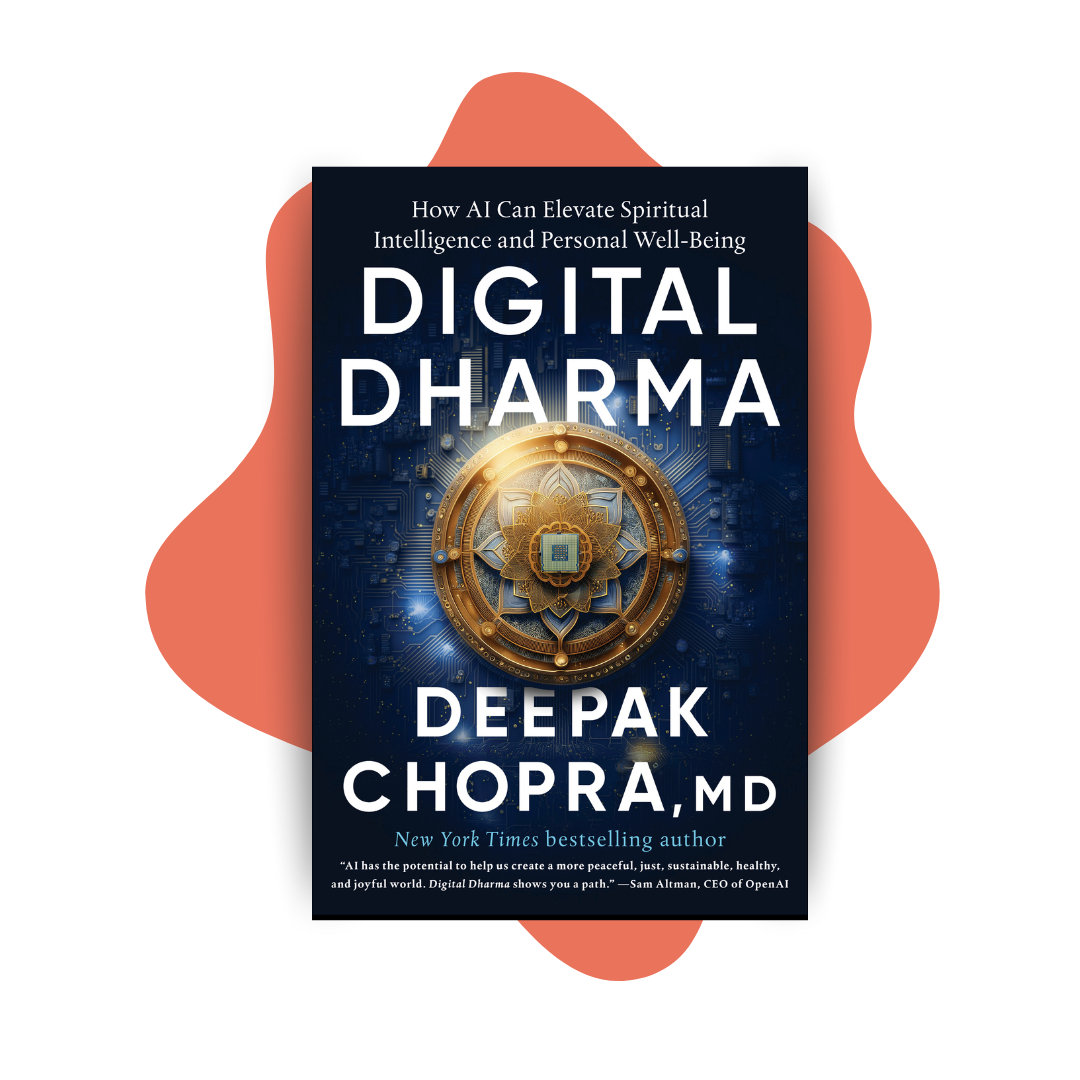Seeing the World through the Wrong “I”.
When your mind and heart are truly open abundance will flow to you effortlessly and easily.
If you want to experience being misunderstood, one of the quickest ways is to declare that the physical world is an illusion. Predictably, almost everyone balks at such a preposterous idea. We base our lives on accepting the world reported by the five senses. That’s a strong practical reason not to entertain an obscure philosophical notion that everyday reality should be doubted, mistrusted, or looked upon as some kind of induced hallucination.
But that isn’t really the point. Our acceptance of the world we see, hear, touch, taste, and smell is rooted much deeper than practicality. Each of us identifies with the world we think we inhabit. This is an inescapable truth, and with a moment’s reflection, it is obvious that a devoutly religious person inhabits a sacred world created by God or the gods, while a businessman inhabits a world dominated by money and success, facing all kinds of risks and opportunities that non-business people ignore.
Go a short step further, and you realize that “I,” the self I inhabit, is also a world, built not on the five senses but my inner life. Like a coral reef, “I” is a massive, complex structure constructed from tiny bits of living experiences. These experiences amass from the moment you are born, and although small and seemingly separate, each experience undergoes processing: it must be perceived, interpreted, absorbed, or rejected.
The mystery of “I” is embedded in how and why each person processes life as it unfolds. We share common ground in the larger scheme, where everyone recognizes the experience of love, hate, sexual desire, greed, envy, success, failure, humiliation, triumph, loneliness, belonging, etc. Interview any reasonably aware adult, and you will be able to unearth memories of such experiences—everyone has had them.
Yet it is all but impossible to objectively measure how the same experience will affect Mr. A as opposed to Ms. B, because experience by its very nature is subjective, and subjectivity is so different from objective events that even simple cause and effect doesn’t apply. Pain, for example, can be measured as a brain stimulus, and you might suppose that being unpleasant, pain is something we naturally avoid. Yet running a marathon, despite the endurance of physical pain, is considered a triumphant personal experience. At the other end of the spectrum, being touched is physically pleasant, but there are people who abhor and resist being touched by another person.
What all of this leads to is a radical division of the self. On the one hand “I” is a coral reef of calcified memories, a relic of the past. On the other hand, “I” is a dynamic, living awareness that confronts life at every second. This division is incompatible, and the outcome is personal doubt, confusion, unpredictability, and often a lack of such basic values as self-worth and self-reliance. “I” can be the shell you hide inside, which is what happens when people identify with money, status, power, success, race, gender, political party, etc. In short, “I” can be an excuse to constrict your awareness.
Or “I” can be the opening to infinite possibilities. In a word, it is the vehicle for expanding your awareness. Life is never absolute, and because of our divided self, each of us is rigid, contracted, insecure, and self-doubting some of the time and open, curious, tolerant, and relaxed at other times. This, in very general terms, is the balanced equation everyone tries to preserve, for all kinds of reasons.
Yet there’s a fundamental problem with this seemingly inevitable compromise. The divided self has made peace with the mystery of identity; it doesn’t confront the possibility that the mystery exists to be solved. Yet the mystery is us. What more motivation do you need? Until you look at the “stuff” of identity, you cannot know who you really are.
The “stuff” of identity consists of the following:
- Perceiving directly without prejudice, judgment, and preconceptions.
- Interpreting new experiences afresh rather than sticking them into pigeonholes.
- Thinking for yourself rather than accepting second-hand beliefs and opinions.
- Being open and curious rather than closed and indifferent.
- Reinforcing experiences that allow you to evolve rather than reinforcing what is familiar and comfortable.
- Being attuned to the present moment in a simple, relaxed way.
What I’ve listed isn’t a recipe for self-improvement or a prescribed spiritual discipline like mindfulness. Everything on the list is a basic trait of awareness when your mind isn’t filled with thoughts, feelings, and sensations. Simple awareness, as I call it, is the level playing field before experience makes an imprint. From here, the whole process of perception, interpretation, and judgment begins.
Simple as that sounds, modern life forces our attention to look elsewhere to an endless stream of demands, duties, desires, stresses, and distractions. We wind up seeing the world through the wrong “I,” the divided sense of self that isn’t equipped to face the mystery of life. That mystery includes all the higher values in human existence: love, compassion, insight, creativity, personal growth, and higher spiritual experiences. The portal to these inestimable values is simple awareness. Nothing else is needed.
It isn’t difficult to move in this direction once you realize that the path is always open. Habit reinforces your allegiance to an identity defined by old experiences, good and bad. But at any moment you can pause, stop reinforcing the same old response, and be simpler. In that moment you are shifting your allegiance toward more openness. Over time, this has the effect of retraining the brain and at the same time getting the mind to recognize that its fundamental nature is quiet, settled, open, and undisturbed.
The bottom line is that no one and nothing forced “I” upon you. Your identity is a self-creation. This brings us back to the notion that the physical world is an illusion. Its illusory quality doesn’t relate to rocks being hard, sugar sweet, and the noonday sun bright. The illusion is interpretive. “I” projects the world it inhabits, and then buys into the illusion as if it were reality itself. Reality is always personal, however. You can view a mountain passively from afar or climb it or paint its image or muse about the mythology of beings that dwell inside the mountain.
Once you realize that the physical world is the canvas on which human awareness imprints reality, you will see everything through the right “I.” That’s the vision held out by something as basic as simple awareness, which in actuality is the source of infinite experiences.
DEEPAK CHOPRA MD, FACP, FRCP, founder of The Chopra Foundation, a non-profit entity for research on well-being and humanitarianism, and Chopra Global, a whole health company at the intersection of science and spirituality, is a world-renowned pioneer in integrative medicine and personal transformation. Chopra is a Clinical Professor of Family Medicine and Public Health at the University of California, San Diego, and serves as a senior scientist with Gallup Organization. He is the author of over 90 books translated into over forty-three languages, including numerous New York Times bestsellers. Chopra has been at the forefront of the meditation revolution for the last thirty years. He is the author of the forthcoming book, Digital Dharma: How to Use AI to Raise Your Spiritual Intelligence and Personal Well-Being. TIME magazine has described Dr. Chopra as “one of the top 100 heroes and icons of the century.” www.deepakchopra.com

